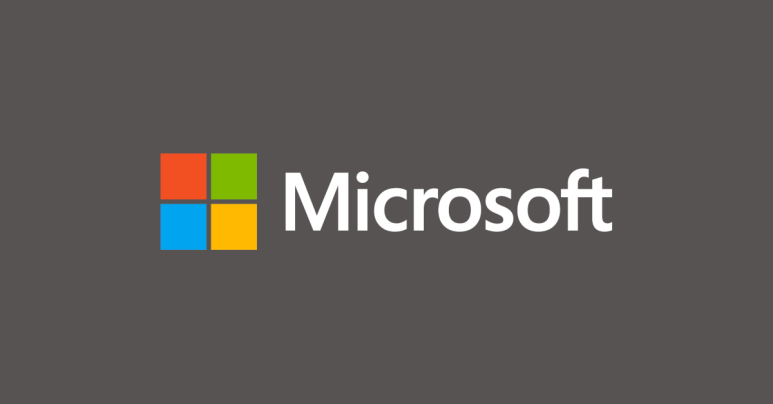One 0-day; Win 7 and 8.1 get last-ever patches – Naked Security
As far as we can tell, there are a whopping 2874 items in this month’s Patch Tuesday update list from Microsoft, based on the CSV download we just grabbed from Redmond’s Security Update Guide web page.
(The website itself says 2283, but the CSV export contained 2875 lines, where the first line isn’t actually a data record but a list of the various field names for the rest of the lines in the file.)
Glaringly obvious at the very top of the list are the names in the Product column of the first nine entries, dealing with an elevation-of-privilege (EoP) patch denoted CVE-2013-21773 for Windows 7, Windows 8.1, and Windows RT 8.1.
Windows 7, as many people will remember, was extremely popular in its day (indeed, some still consider it the best Windows ever), finally luring even die-hard fans across from Windows XP when XP support ended.
Windows 8.1, which is remembered more as a sort-of “bug-fix” release for the unlamented and long-dropped Windows 8 than as a real Windows version in its own right, never really caught on.
And Windows RT 8.1 was everything people didn’t like in the regular version of Windows 8.1, but running on proprietary ARM-based hardware that was locked down strictly, like an iPhone or an iPad – not something that Windows users were used to, nor, to judge by the market reaction, something that many people were willing to accept.
Indeed, you’ll sometimes read that the comparative unpopularity of Windows 8 is why the next major release after 8.1 was numbered Windows 10, thus deliberately creating a sense of separation between the old version and the new one.
Other explanations include that Windows 10 was supposed to be the full name of the product, so that the 10 formed part of the brand new product name, rather than being just a number added to the name to denote a version. The subsequent appearance of Windows 11 put something of a dent in that theory – but there never was a Windows 9.
The end of two eras
Well, this month sees the very last security updates for the old-school Windows 7 and Windows 8.1 versions.
Windows 7 has now reached the end of its three-year pay-extra-to-get-ESU period (ESU is short for extended security updates), and…



